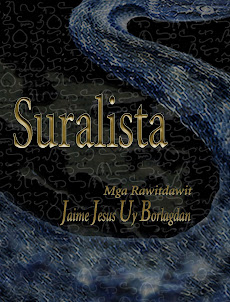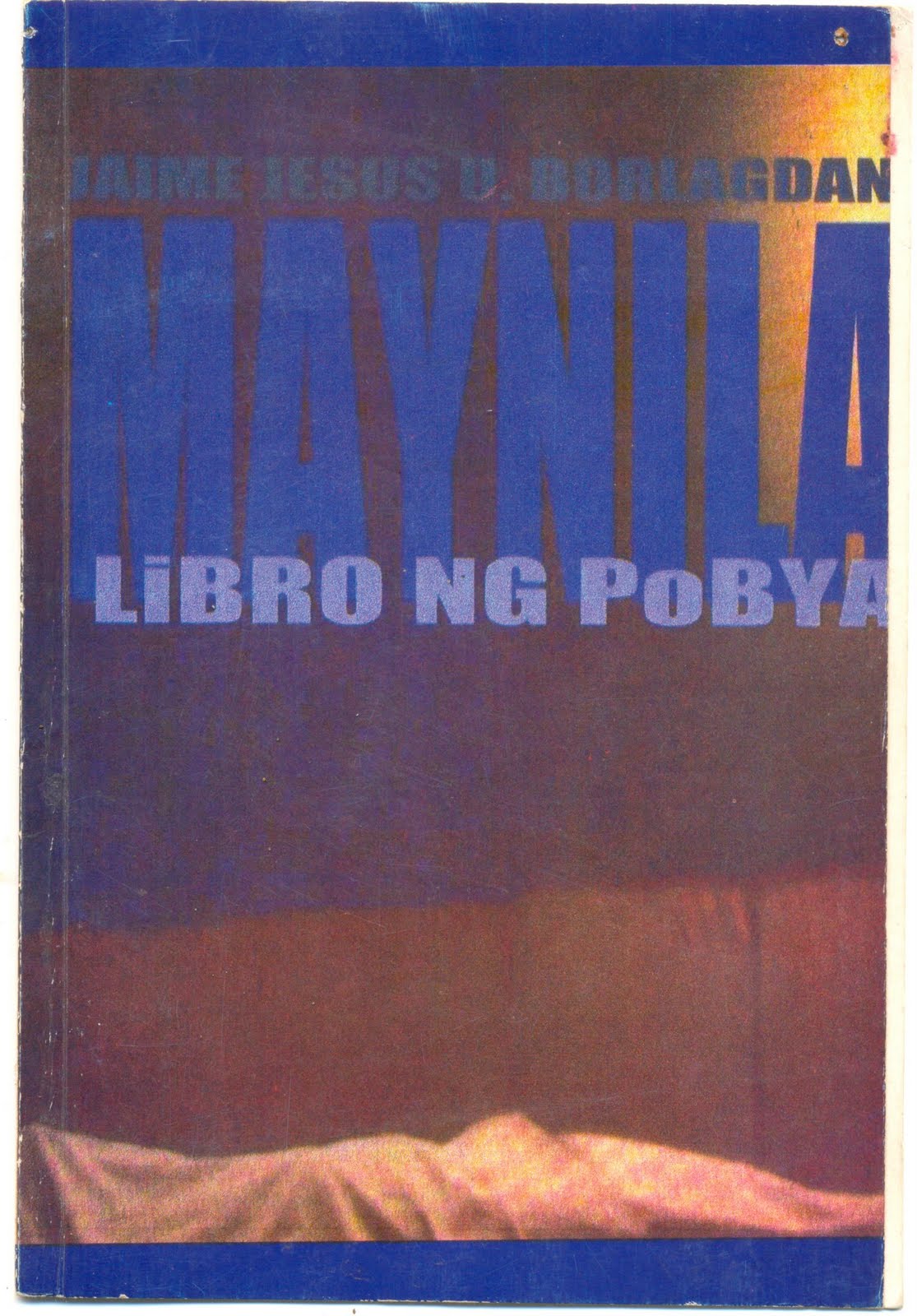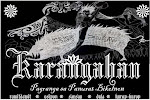Pag itao mo daw sakuya an dai mo paggirom
buda an saimong hiling iiway mo pairarom
Ikog kan sarong hidaw na kanta an sakong rumdom.
Nagbabakay sa maluway na kaday kan alopoop
an bitis kong sa baklay pangaturugan ugop.
An dai mo paggirom arog kaini minalakop.
Guyod an ikog kan sarong kalag-kalag na kanta
na an puon kasugpon kan daan nang ugma.
An dai mo paggirom, giromdom na ranga an dara.
Tukaw sa tuninong na gibo kan gapo sa banggi
kun sain an magdamlag laba kan dai masabi
bago an sildang, su pagtuga sa kanta inagi.
Kaya, dispinsari Padaba, kun sakong taramon
na an moto-moto mong tuninong daing hawong
Ta pag itao mo sakuya an dai mo paggirom,
iparumdom mo an lindok kan kita nagpupuon.
Tagalog:
Tuwing ibinibigay mo sa akin ang di mo pag-imik
at ang iyong tingin iniiwas mo pailalim
buntot ng isang inaasam na kanta ang aking alala.
Humahabol sa mabagal na halina ng alapaap
ang paa kong sa pasyal-panaginip tutok.
Ang hindi mo pag-imik ganito kumakalat.
Hila ang buntot ng isang hanap na kanta
na ang simula karugtong ng lipas nang saya.
Ang hindi mo pag-imik, alaala ng ligaya ang dala.
Upo sa mapayapang gawain ng bato sa gabi
kung saan ang magdamag haba ng hindi masabi
bago ang sinag, ang pag-amin sa awit dinaan.
Kaya, paumanhin Irog, kung aking sasabihin
na ang tahimik mong tampo walang saysay
dahil pag ang di mo pag-imik sa aki'y ibinibigay
pinaalala mo sa akin ang kiliti nung tayo'y nagsisimula.
buda an saimong hiling iiway mo pairarom
Ikog kan sarong hidaw na kanta an sakong rumdom.
Nagbabakay sa maluway na kaday kan alopoop
an bitis kong sa baklay pangaturugan ugop.
An dai mo paggirom arog kaini minalakop.
Guyod an ikog kan sarong kalag-kalag na kanta
na an puon kasugpon kan daan nang ugma.
An dai mo paggirom, giromdom na ranga an dara.
Tukaw sa tuninong na gibo kan gapo sa banggi
kun sain an magdamlag laba kan dai masabi
bago an sildang, su pagtuga sa kanta inagi.
Kaya, dispinsari Padaba, kun sakong taramon
na an moto-moto mong tuninong daing hawong
Ta pag itao mo sakuya an dai mo paggirom,
iparumdom mo an lindok kan kita nagpupuon.
Tagalog:
Tuwing ibinibigay mo sa akin ang di mo pag-imik
at ang iyong tingin iniiwas mo pailalim
buntot ng isang inaasam na kanta ang aking alala.
Humahabol sa mabagal na halina ng alapaap
ang paa kong sa pasyal-panaginip tutok.
Ang hindi mo pag-imik ganito kumakalat.
Hila ang buntot ng isang hanap na kanta
na ang simula karugtong ng lipas nang saya.
Ang hindi mo pag-imik, alaala ng ligaya ang dala.
Upo sa mapayapang gawain ng bato sa gabi
kung saan ang magdamag haba ng hindi masabi
bago ang sinag, ang pag-amin sa awit dinaan.
Kaya, paumanhin Irog, kung aking sasabihin
na ang tahimik mong tampo walang saysay
dahil pag ang di mo pag-imik sa aki'y ibinibigay
pinaalala mo sa akin ang kiliti nung tayo'y nagsisimula.
Painting: "Tampuhan" Juan Luna (1895)








